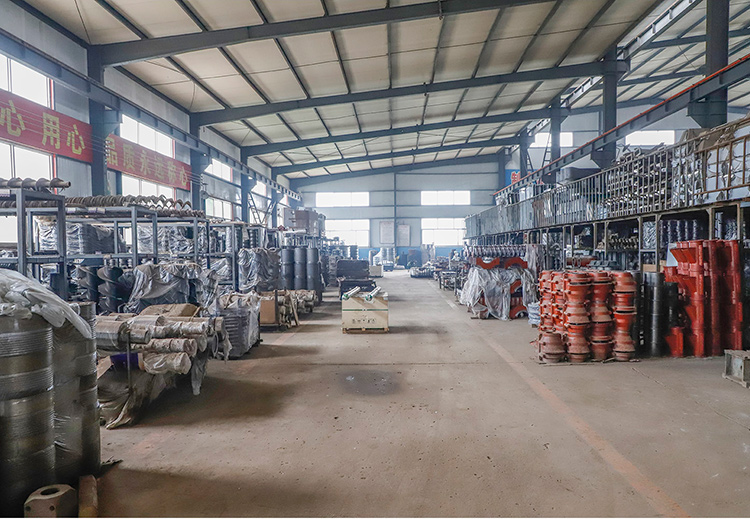ጥቅም . 12, 2024 05:22 Back to list
Cost-effective refining solutions for corn germ oil production and processing units
The Refining of Corn Germ Oil A Focus on Cost Efficiency
Corn germ oil, derived from the germ of corn kernels, is a valuable oil with numerous culinary and industrial applications. It is rich in Vitamin E and unsaturated fats, making it a preferred choice for health-conscious consumers. However, the process of refining corn germ oil is complex and can be costly. This article explores the essential aspects of the corn germ oil refining unit, along with strategies to enhance cost efficiency and reduce operational expenses.
Understanding the Refining Process
The refining of corn germ oil involves several crucial steps, each aimed at improving the oil's quality and shelf life. The primary stages of refining include degumming, neutralization, bleaching, and deodorization
1. Degumming This initial stage removes phospholipids and other impurities that can affect oil quality. The use of water or acid is common to facilitate the separation of gums from the oil.
2. Neutralization This step eliminates free fatty acids present in the oil, which can lead to rancidity. Neutralization typically involves the use of caustic soda (sodium hydroxide) to react with free fatty acids, creating soap that can be removed.
3. Bleaching In this phase, color compounds and further impurities are removed using adsorbents like activated clay. The bleaching process enhances the oil's appearance and prevents undesirable flavors.
4. Deodorization The final step involves heating the oil under vacuum to remove odor-causing volatile compounds. This process greatly enhances the oil's taste and makes it suitable for culinary uses.
Cost Considerations in Oil Refining
discount corn germ oil refining unit

The refining process for corn germ oil, while essential for high-quality products, entails significant costs. These costs stem from raw material procurement, energy consumption, labor, and maintenance of refining equipment. To mitigate these expenses, several strategies can be implemented
1. Optimizing Production Processes Fine-tuning each step of the refining process can lead to significant cost savings. For instance, adjusting the temperatures and durations for each refining stage can maximize yield while minimizing energy use.
2. Energy Efficiency Implementing energy-efficient systems and equipment can drastically reduce energy consumption. Utilizing heat exchangers to recover heat from the deodorization stage can reduce the overall energy costs of the refining unit.
3. Quality Control Investing in advanced quality control measures can prevent the batch-to-batch inconsistencies that lead to waste. Regular monitoring and real-time adjustments during the refining stages can ensure optimal product quality and reduce the need for reprocessing.
4. Sourcing Raw Materials Establishing long-term relationships with reliable suppliers for corn germ can lead to better prices and consistent supply. Additionally, exploring a vertical integration strategy—wherein companies control their supply chains—can reduce costs further.
5. Waste Management and By-product Utilization The refining process generates waste, including oil mud and spent bleaching earth. Developing methods to recycle these by-products or finding alternative uses can reduce disposal costs and create additional revenue streams.
Conclusion
The refining of corn germ oil presents both opportunities and challenges in the quest for high-quality edible oils. By focusing on cost-effective practices, refining units can enhance their profitability while delivering superior products to consumers. As the demand for healthy oils continues to grow, implementing innovative strategies within the refining process can pave the way for a more sustainable and financially viable corn germ oil industry. Embracing efficiency, technology, and strategic sourcing will ultimately lead to a stronger market position and better products for consumers.
-
High-Efficiency Physical Oil Refining Unit - Leading Exporters & Trusted Companies
NewsJun.10,2025
-
High-Efficiency Animal Oil Refining Machine - Leading Exporters & Reliable Companies
NewsJun.10,2025
-
Camellia Oil Mill Machine for Efficient Oil Extraction Leading Exporters & Companies
NewsJun.10,2025
-
Premium Pressing Shaft for Oil Press Machines Exporters
NewsJun.10,2025
-
High-Efficiency Centrifugal Filters Durable Industrial Separation
NewsJun.10,2025
-
Top Neem Seed Oil Press - Efficient, High-Yield Extraction Solutions
NewsJun.09,2025
